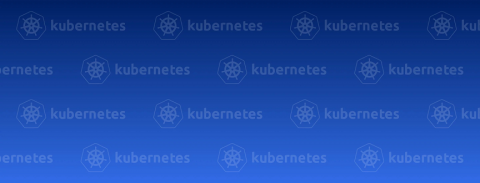Evaluating Cloud Service Providers
Cloud adoption has continued to push the momentum on digital transformation. The initial apprehension within enterprises on managing the disruption caused by the ongoing pandemic has slowly waned. Enterprises now have a clearer picture of the situation and are moving forward. The need for online collaboration and online meetings has forced most enterprises to rely more on cloud services for managing their workforce and to provide an environment that allows employees to work remotely.










